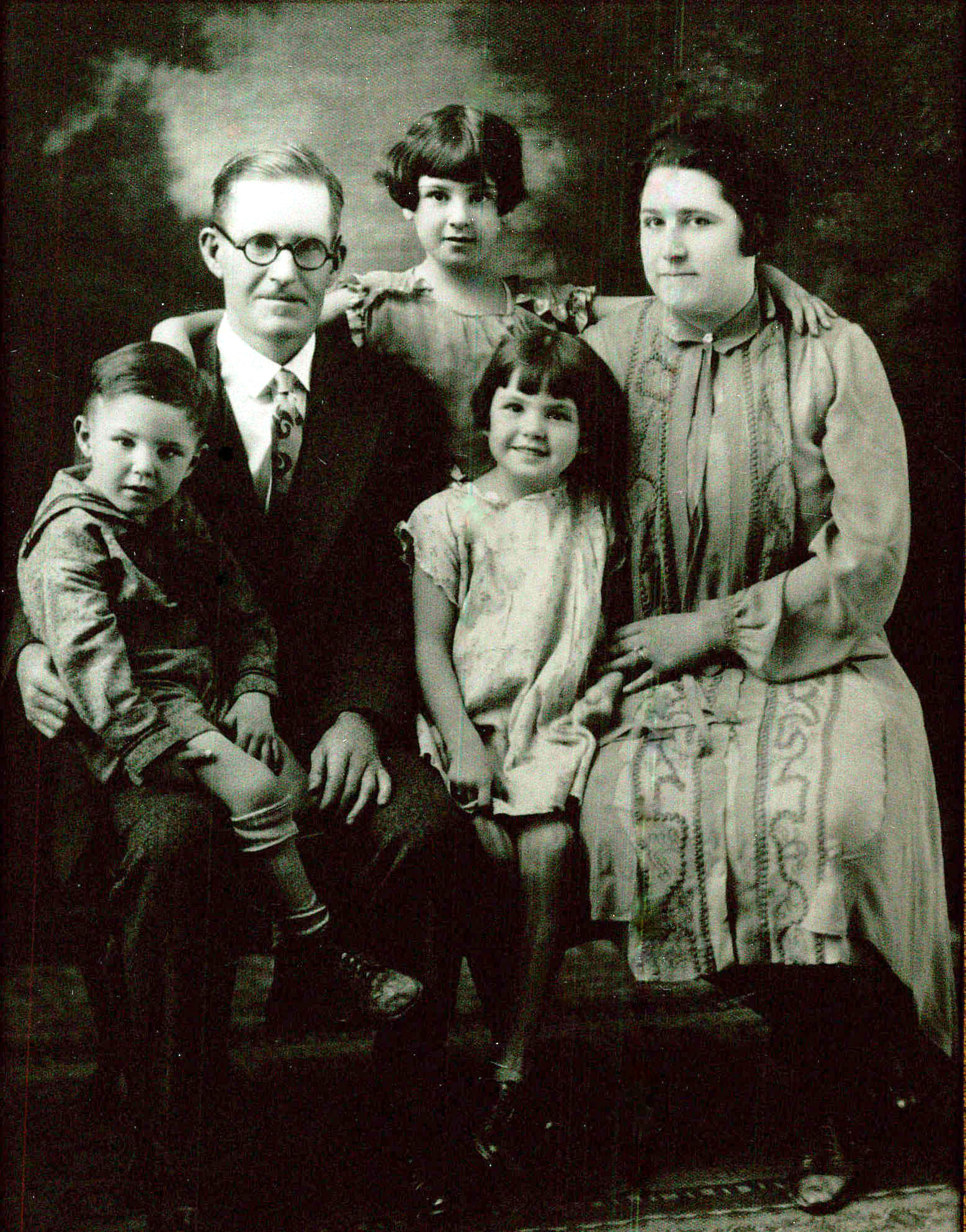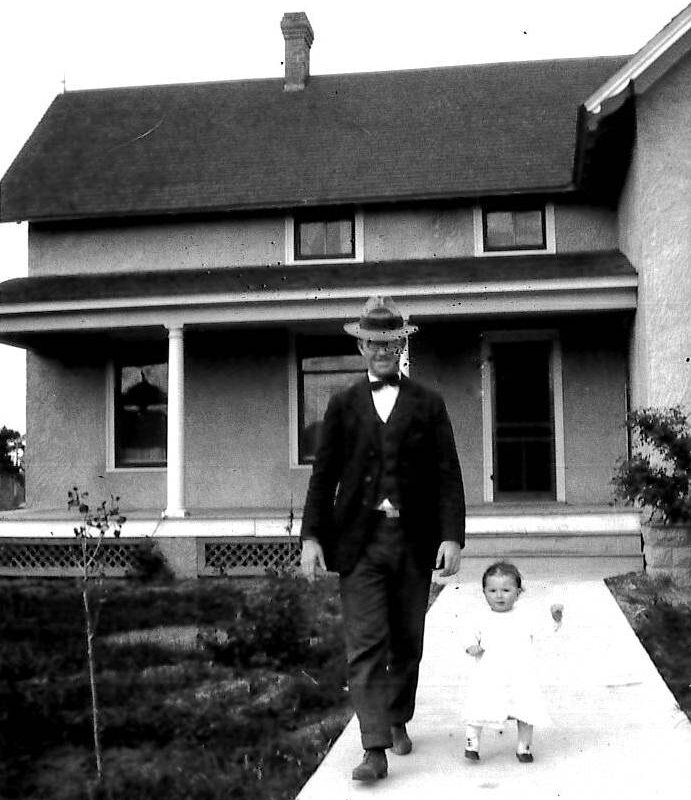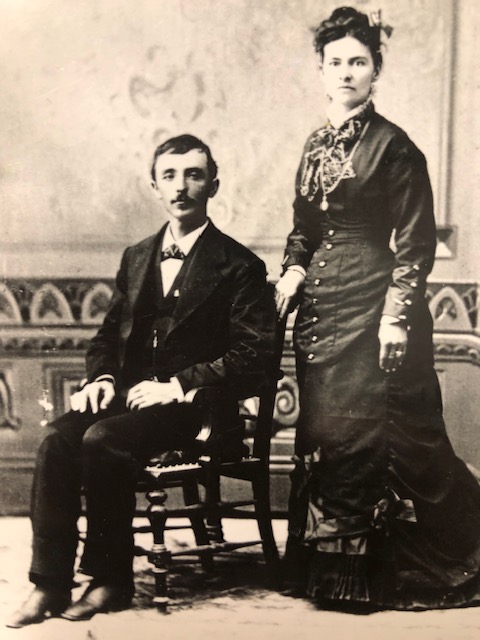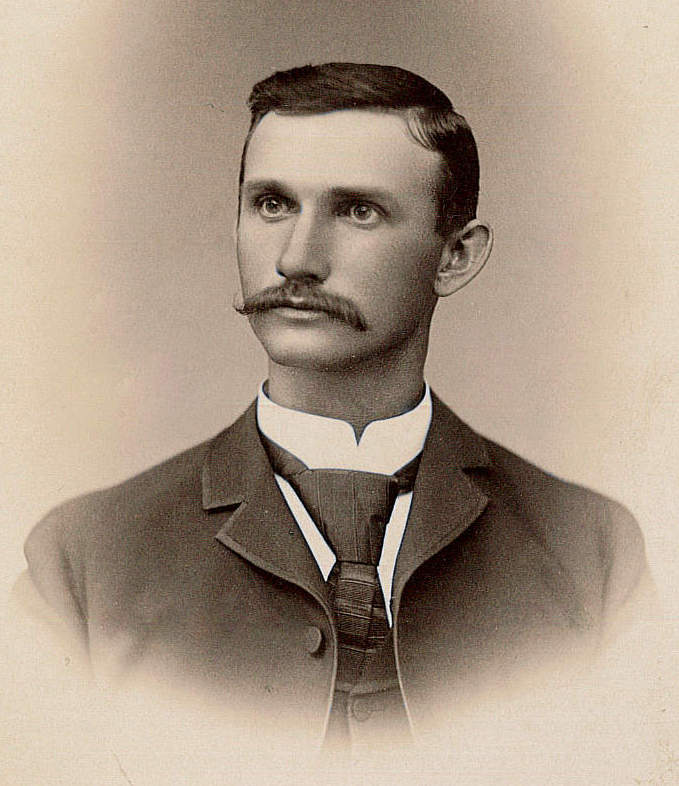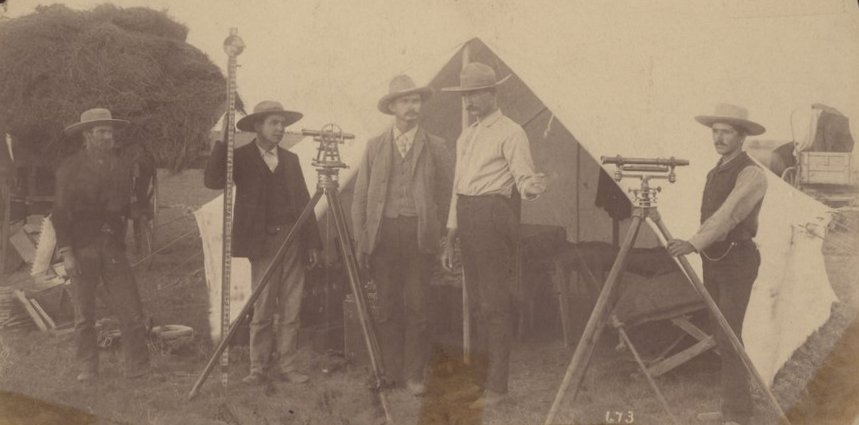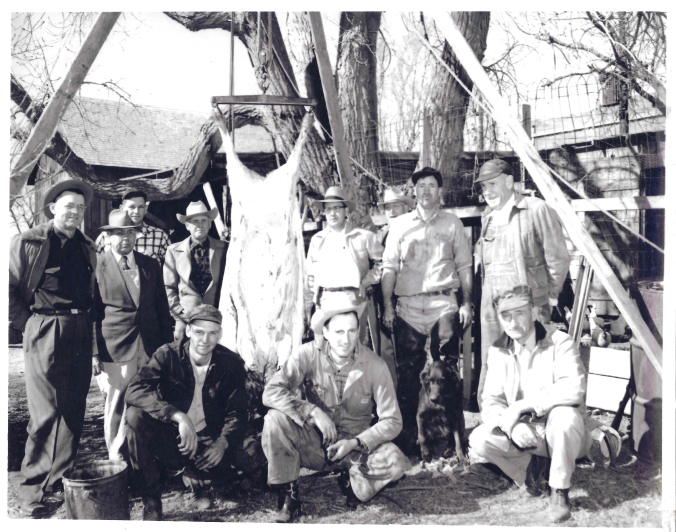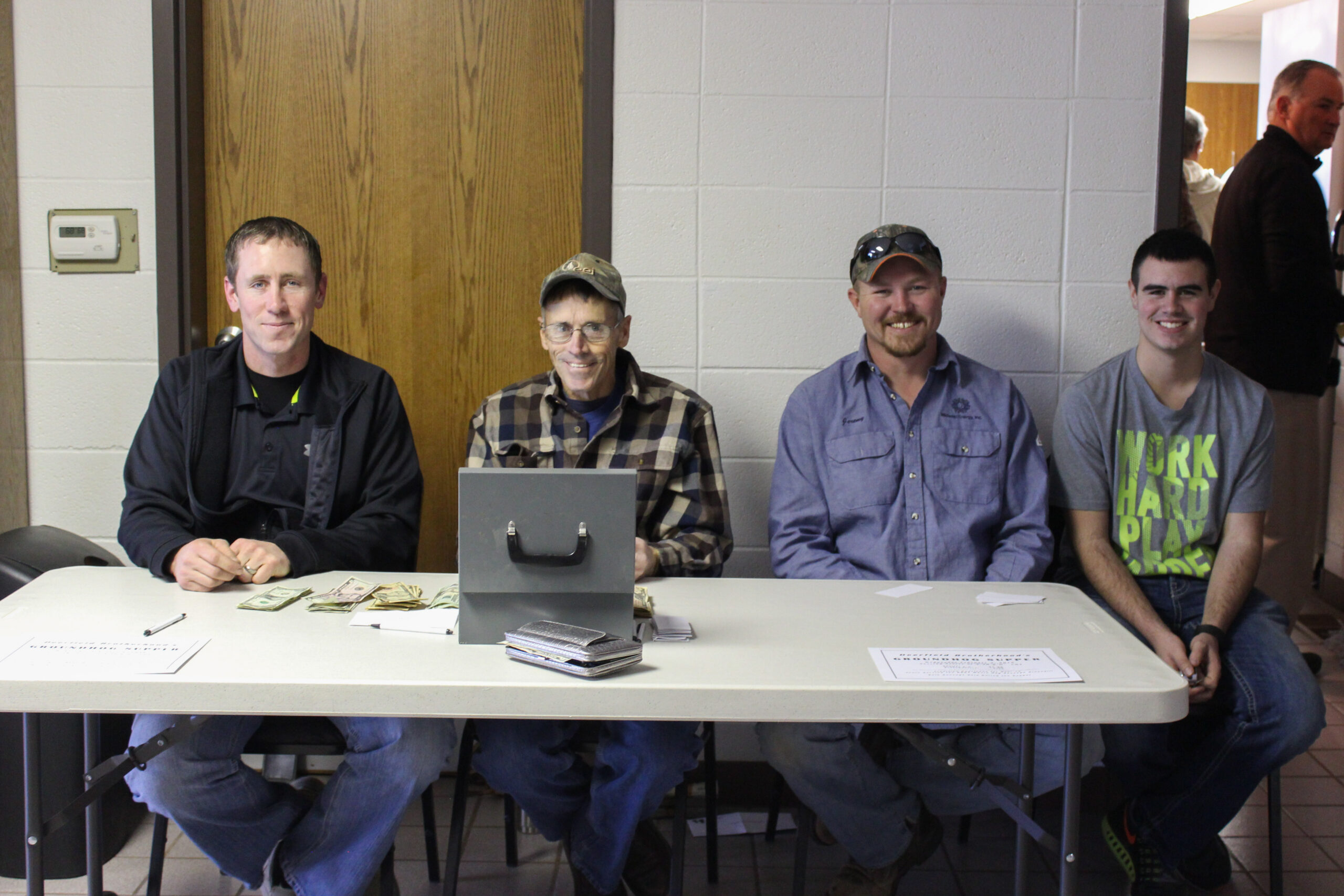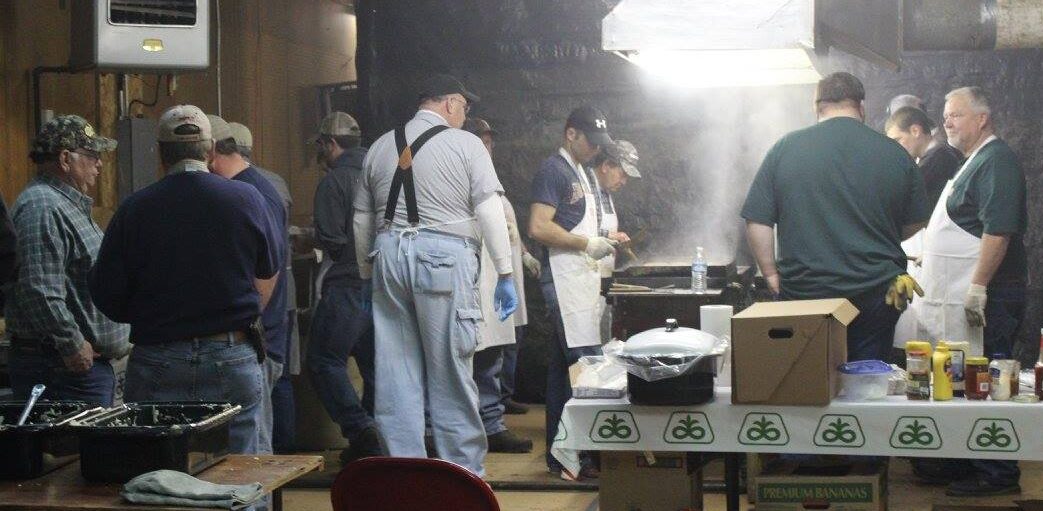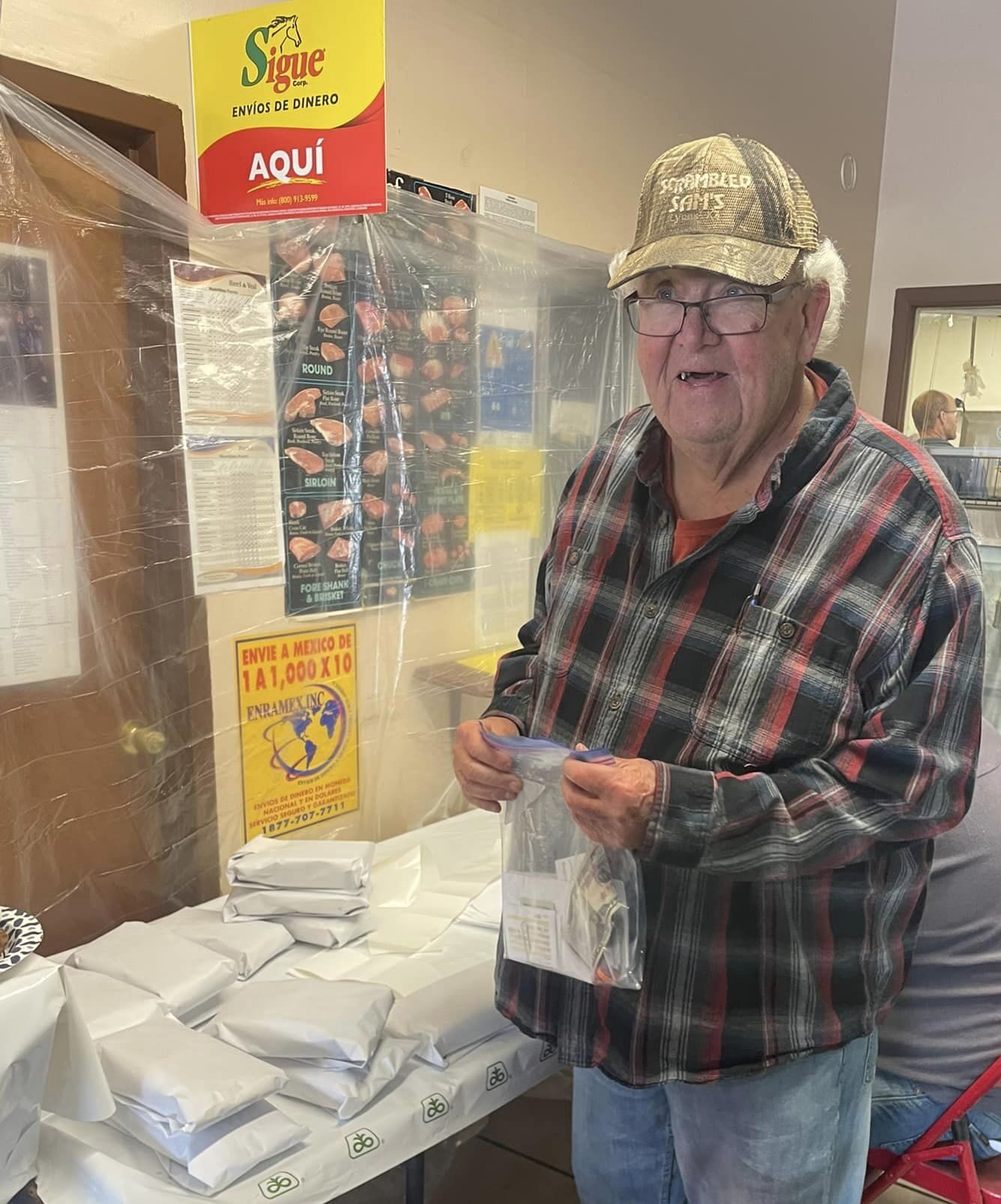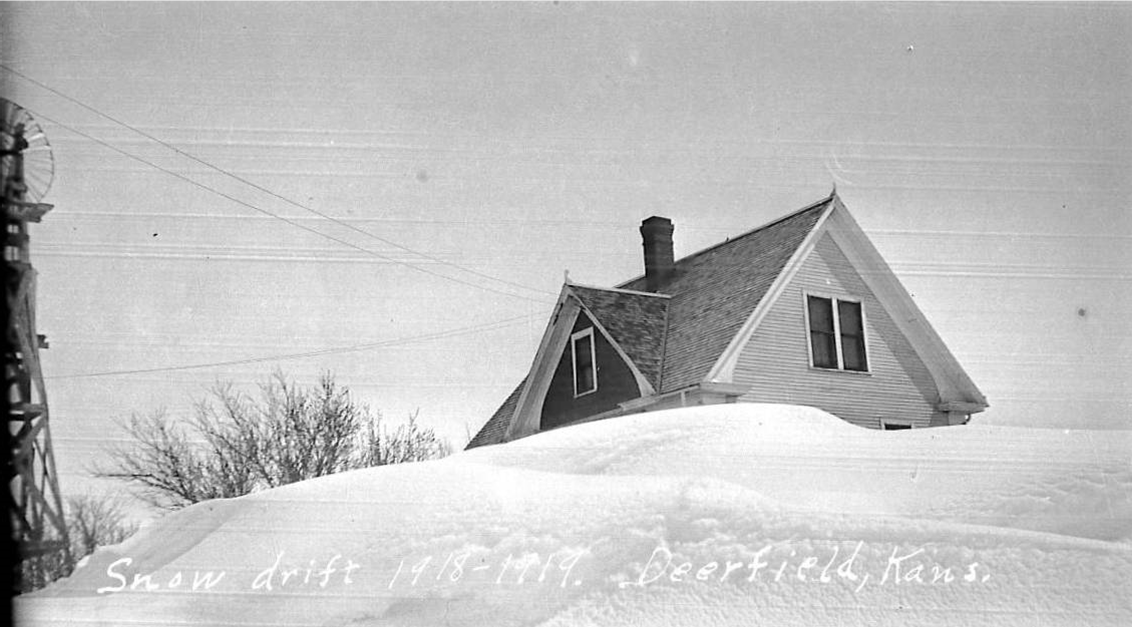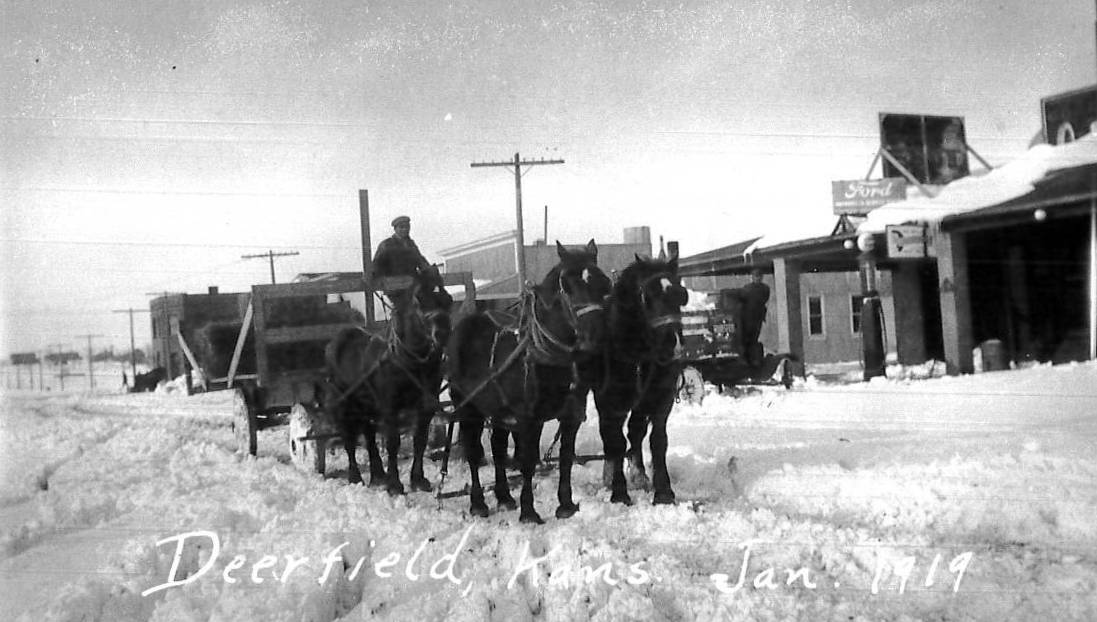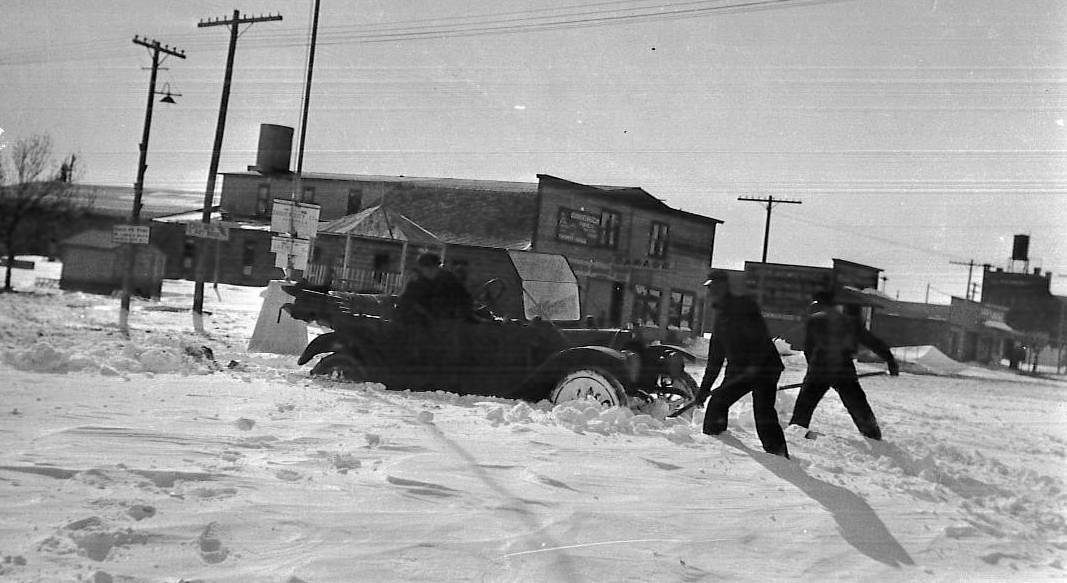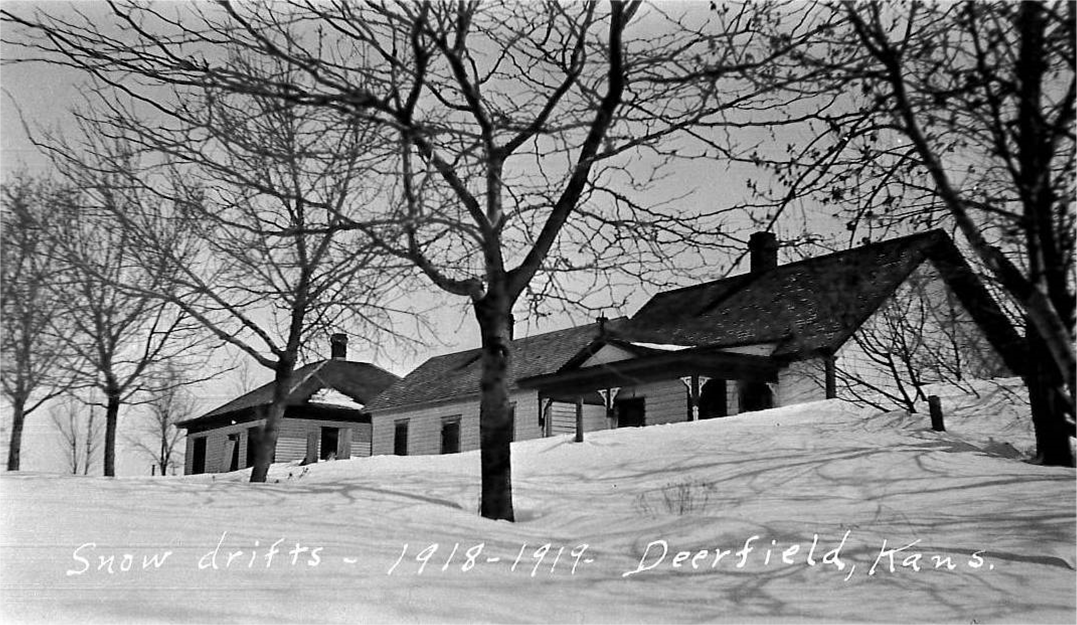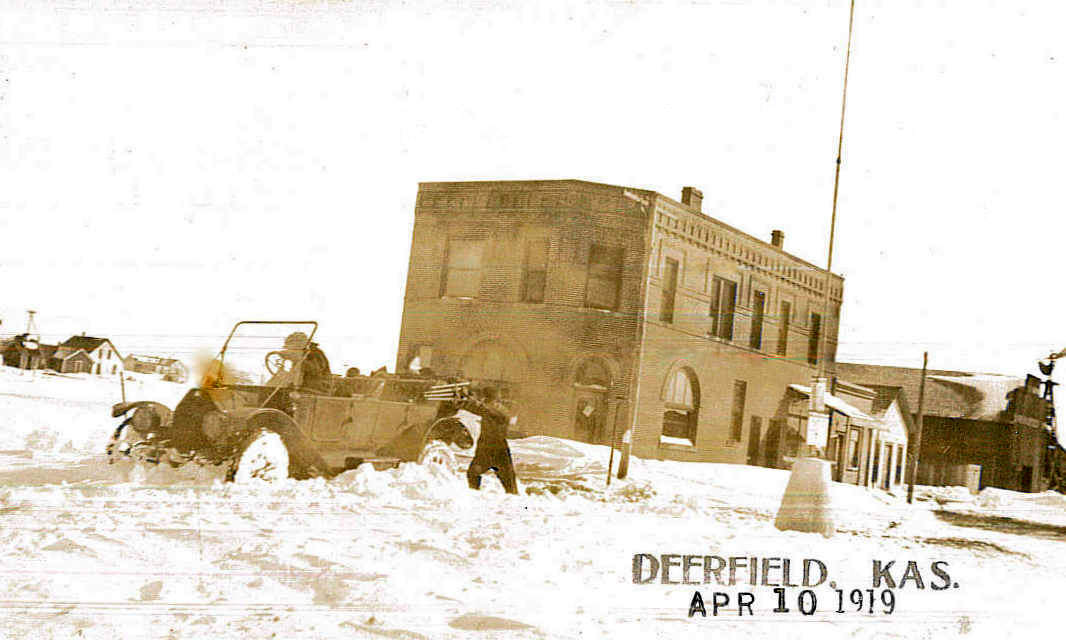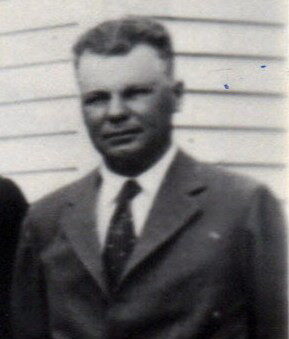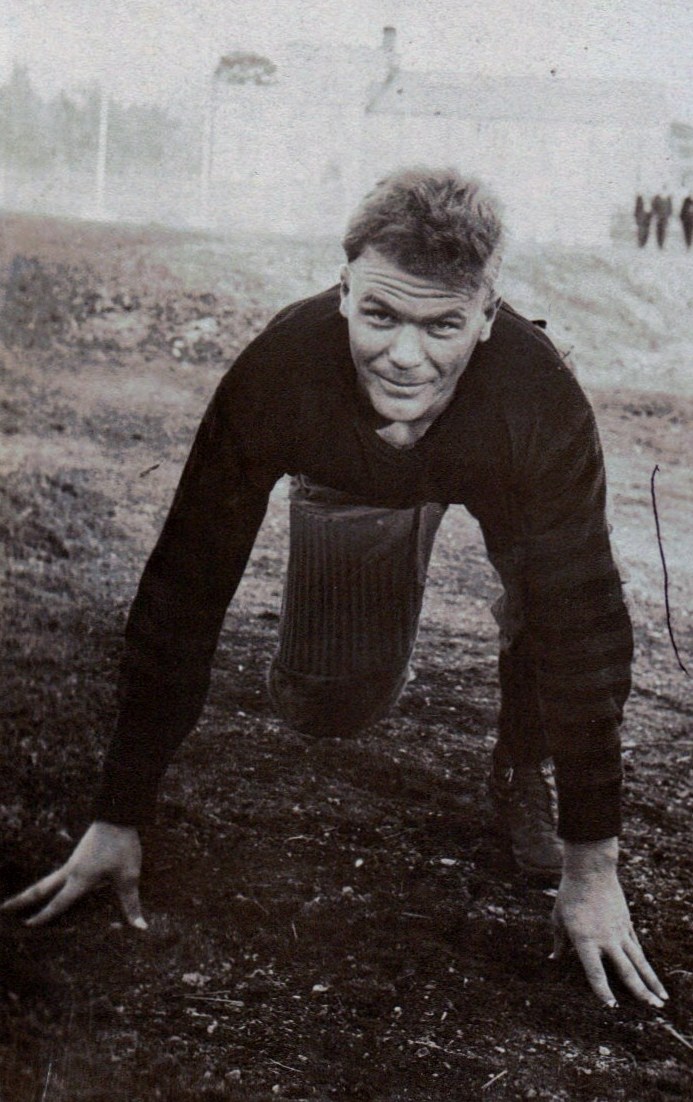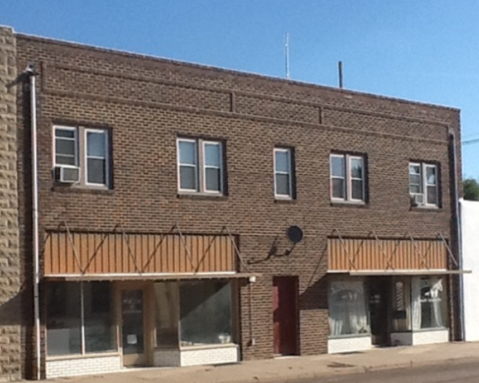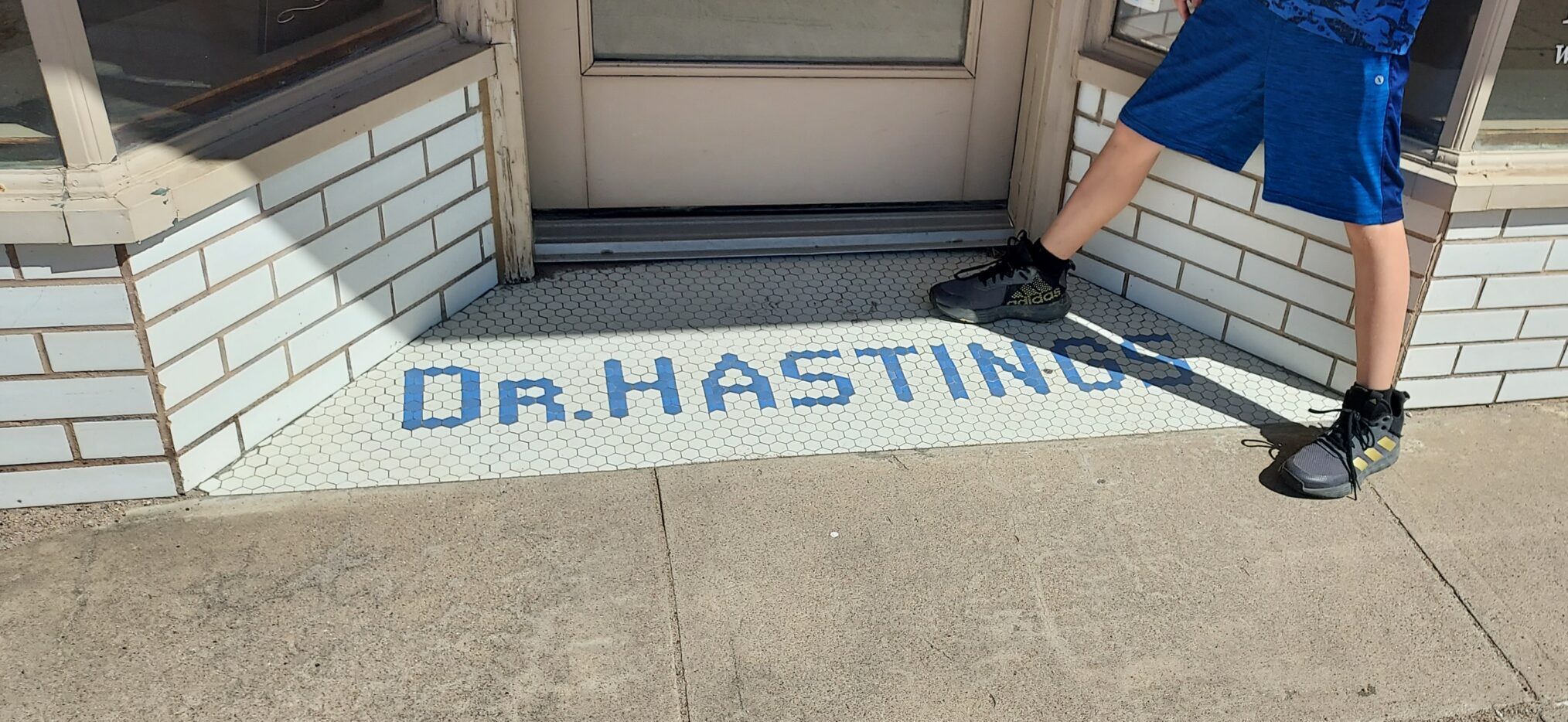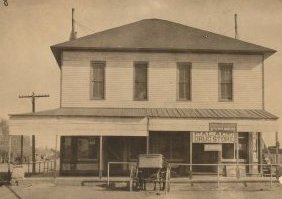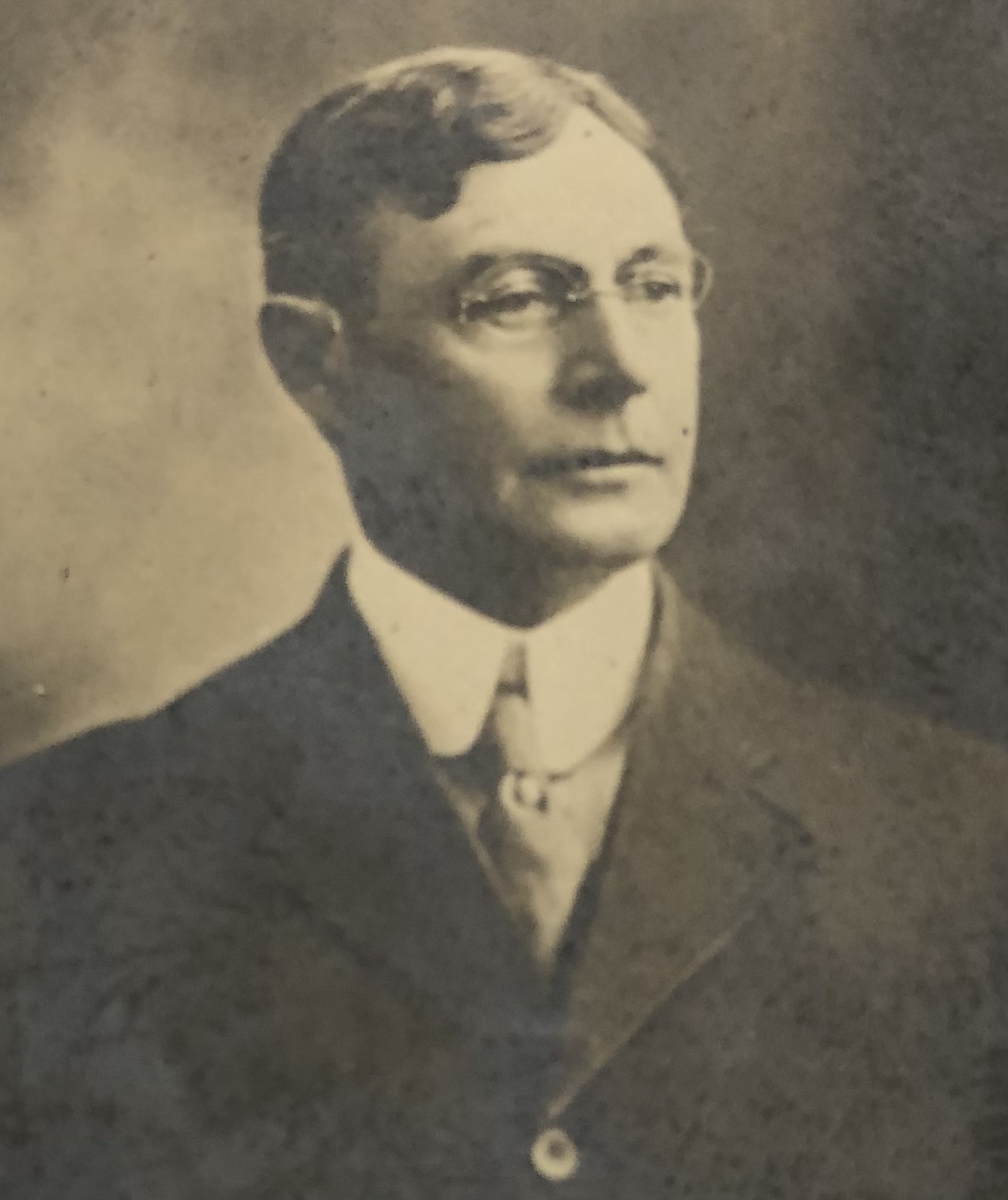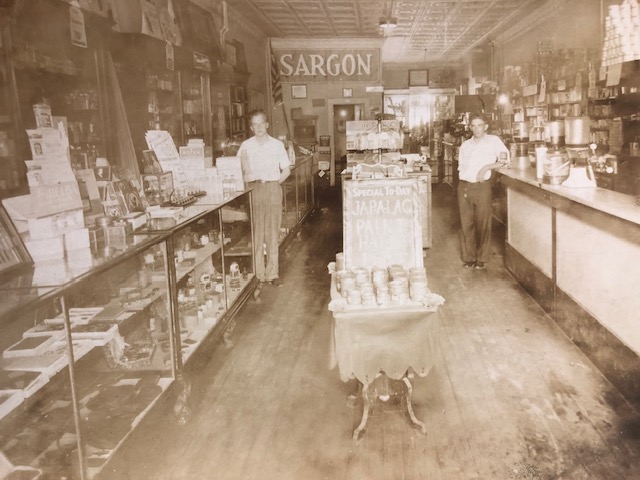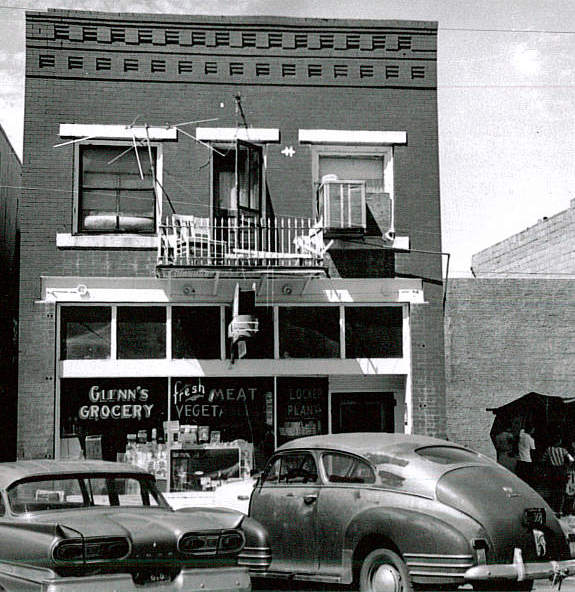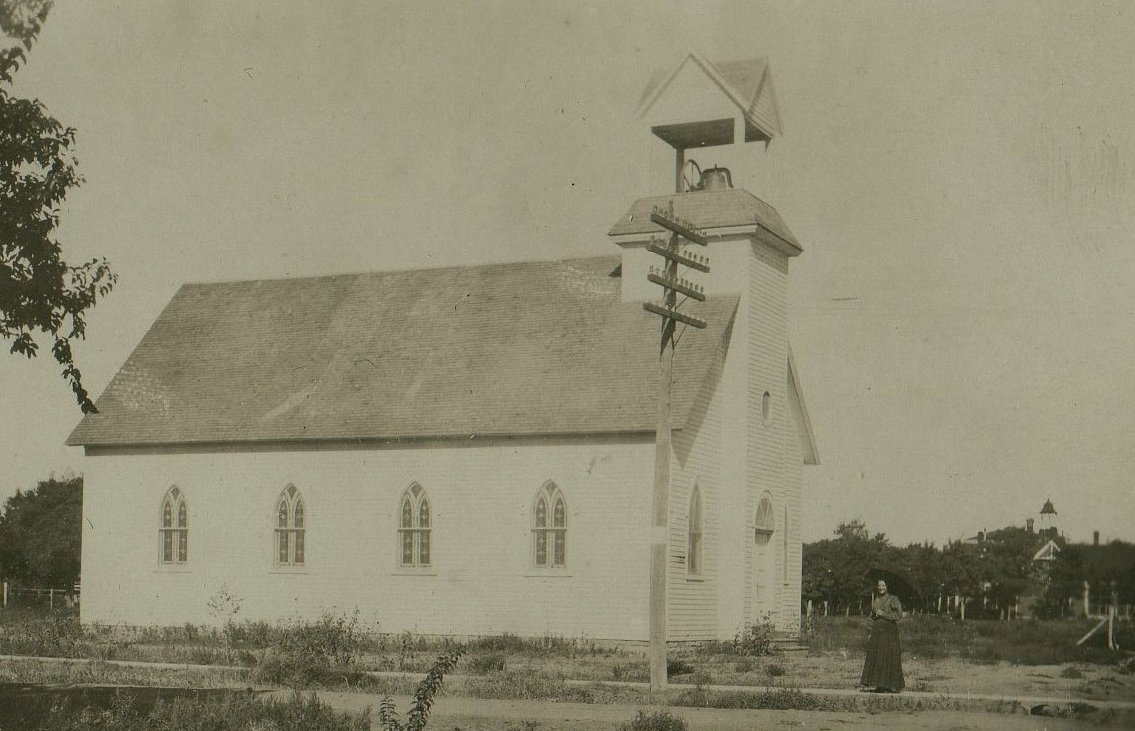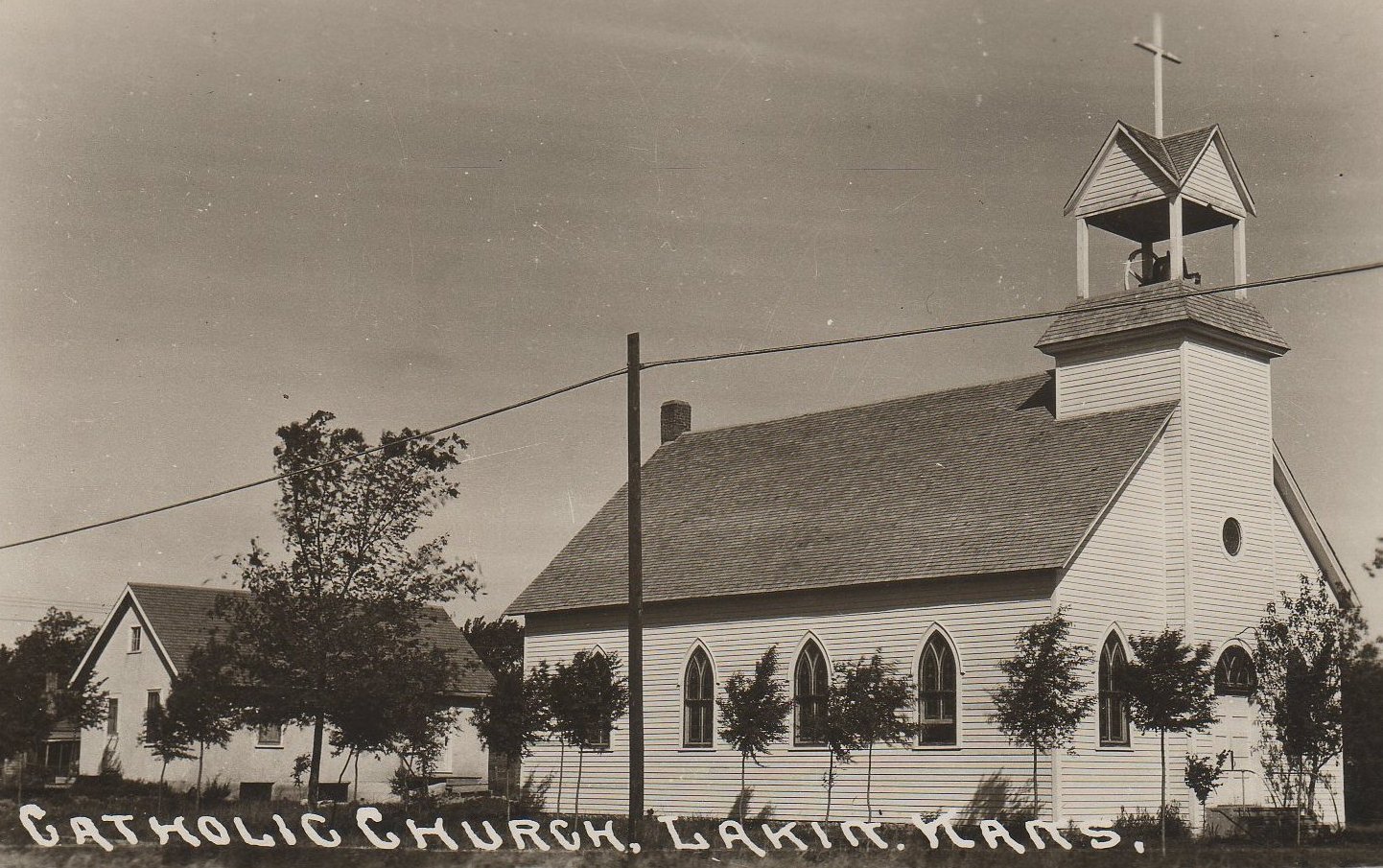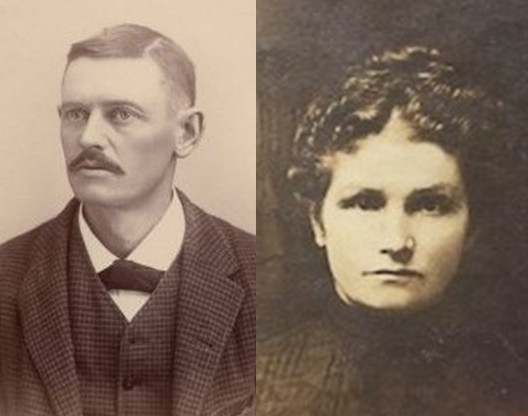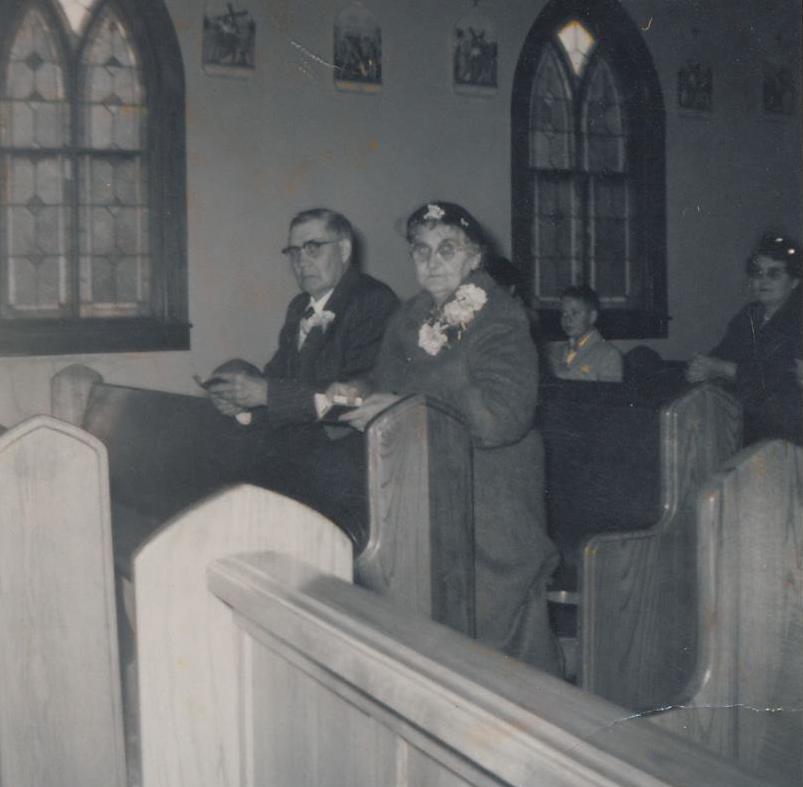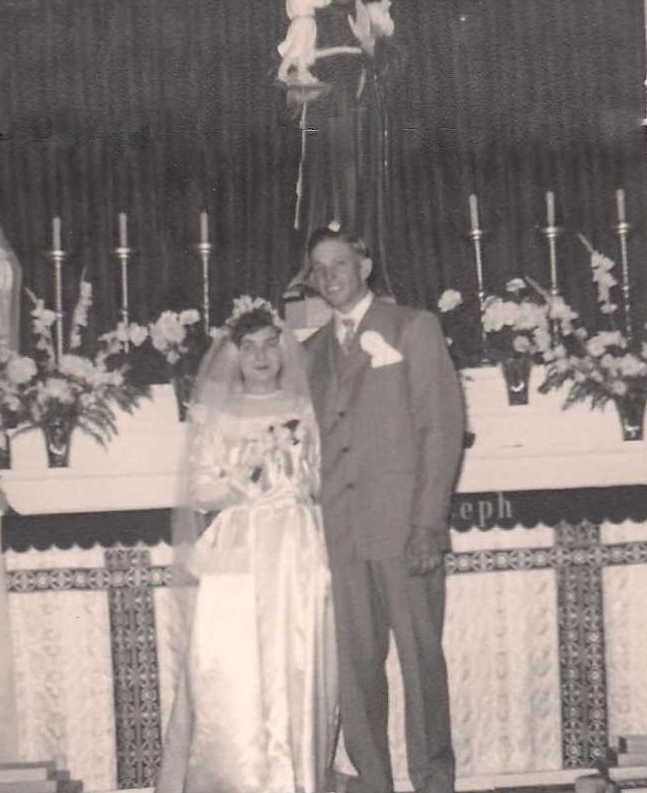Much has been written about Lakin’s founding father, John O’Loughlin. He was already highly successful and well-known prior to his marriage, but what would John’s life and the community of Lakin have been like without Mary Veronica O’Loughlin? The matriarch of the O’Loughlin family, Mary’s life was the epitome of living for God, family and community.
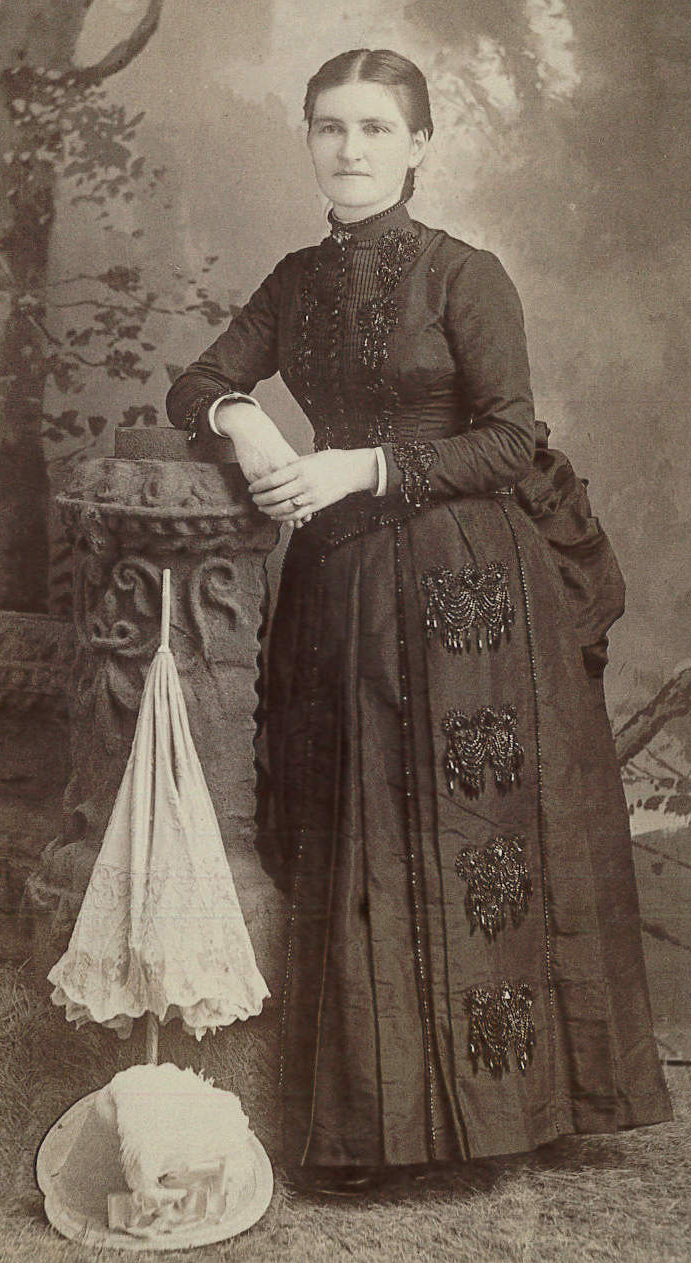
Born in May of 1861 at Xenia, OH, Mary was the eldest daughter of five girls and one son born to Dennis and Bridget Farrell who had migrated to America from Ireland. The Farrell family came to the Sunflower State in the 1870s, moving in with an uncle at Brookville. Mary was tasked with looking after the younger children. When she was left in charge of several younger cousins, a sudden flood came down the stream near where the house was built. Mary took the children to the second story where she kept them safe for several hours before help arrived. When the house caught fire, she took the children to safety and ran back into the burning building when she discovered that a small baby had been left sleeping inside. Mary reached the open air with the infant in her arms just as the entire structure collapsed. Her courage, resourcefulness and protective nature were just some of her endearing qualities.
In April of 1874, the Farrells moved further west to Wilson where Mary attended public school. She had earlier attended parochial school at Junction City for one year. In her parents’ home on February 5, 1882, Mary married John O’Loughlin who was 19 years older than her. A fine supper was served to the large crowd in attendance, and because Mary was well and favorably known in the community, she and John received some very fine and costly gifts. The reception lasted late into the night with musical entertainment being provided by some of the locals. John then brought his bride back to Lakin, and they were given a reception in the Boylan’s White House. The late Carrie Davies remembered that Mary was very shy and amazed that so many people showed up to wish them well. Perhaps Mary was unaware that her Irish husband was such a hero in these parts. The newlyweds made their home upstairs in John’s mercantile store building that had been moved from near the railroad to the corner of Main and Waterman. It was there that Mary gave birth to their first child, Margaret, in 1883. Six more children would follow: William, Mary Catherine, Jack, Jennie Rose, Helen and Thomas.
In 1888, the O’Loughlin family moved to their new home located on the southeast outskirts of Lakin. Education for her own children and those of the community was important to Mary, and a large number of men and women spent time in the O’Loughlin home where they were taken into the family and encouraged to attend school and prepare themselves for lives of usefulness. A devout Catholic, Mary offered her home for services prior to the church being erected. She was a gracious hostess and entertained often.
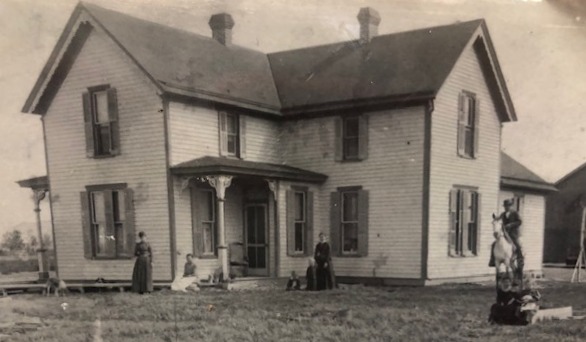
A kind friend and neighbor, Mary walked several miles many times to “sit up” and care for the sick and prepare the dead for burial. “No night was too dark nor a day too stormy to prevent her from going to the aid of a family in need at a time of sickness, injury or death.” When a floral club was organized in 1909 to improve and beautify the grounds of the Lakin Cemetery, Mary was elected president. She had a green thumb when it came to flowers but especially rare and unique ones. She also served a stint as president of the Old Settlers’ Association, was the first vice-president of the American Legion Auxiliary, a member of the Lakin Woman’s Club, and was one of a group of Lakin pioneer women who made garments and gave them to little children and other needy persons of the community.
As the O’loughlins had ranches on the Canadian and Cimarron rivers, Mary went several times to the Cimarron, a distance of 50 miles, driving a horse and buggy. Most of her time; however, was spent in her home taking care of her seven children and raising them with the same priorities and values of which she lived by. The devoted wife and mother died in October of 1936. An unusually large number of old-time friends were among those who came to extend their sympathies to her family and show their respects for Mary, a true pioneer woman who had influenced and helped the community in so many ways.

SOURCES: Diggin’ Up Bones by Betty Barnes; History of Kearny County Vols. I & II; Museum archives; and archives of Wilson World, Dodge City Daily Globe, Lakin Investigator and Advocate.

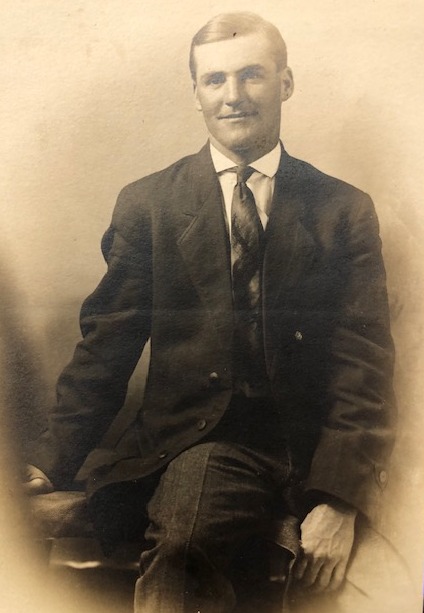
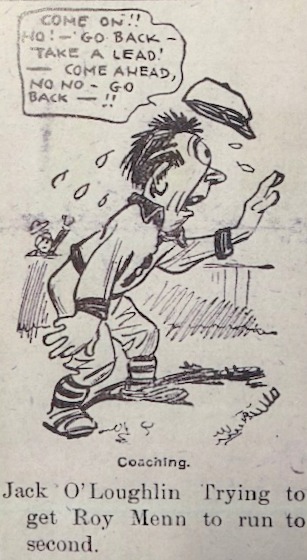
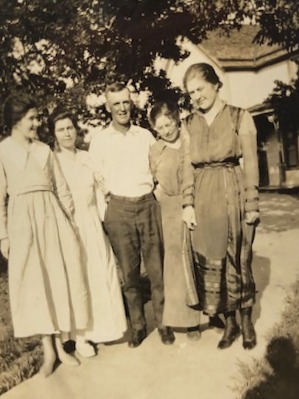
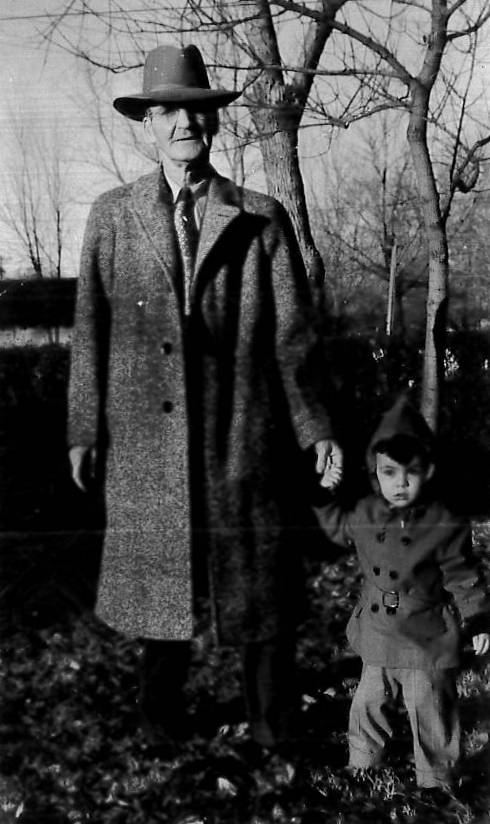
 William O’Loughlin was quite the catch. He was athletic, handsome, smart and well-liked. At the age of 29, the eldest son of John and Mary O’Loughlin was elected to represent Kearny County in the 1915 Kansas State Legislature, and he and his brother Jack were running the general store that their father had built decades before. A young Grant County teacher by the name of Grace Blake won over Will’s heart, and the two were married in August of 1918 at the Immaculate Conception Cathedral in Kansas City.
William O’Loughlin was quite the catch. He was athletic, handsome, smart and well-liked. At the age of 29, the eldest son of John and Mary O’Loughlin was elected to represent Kearny County in the 1915 Kansas State Legislature, and he and his brother Jack were running the general store that their father had built decades before. A young Grant County teacher by the name of Grace Blake won over Will’s heart, and the two were married in August of 1918 at the Immaculate Conception Cathedral in Kansas City.